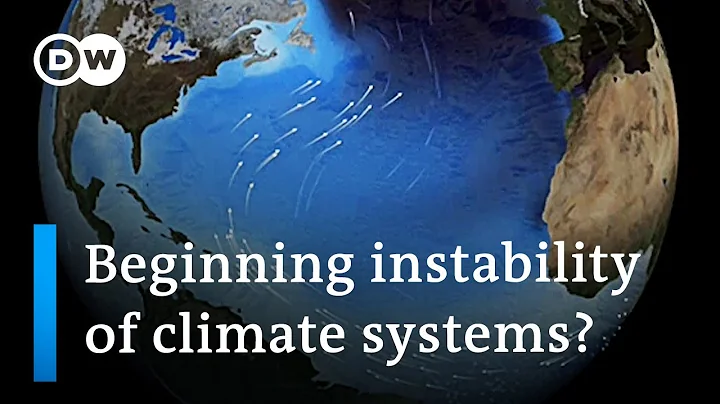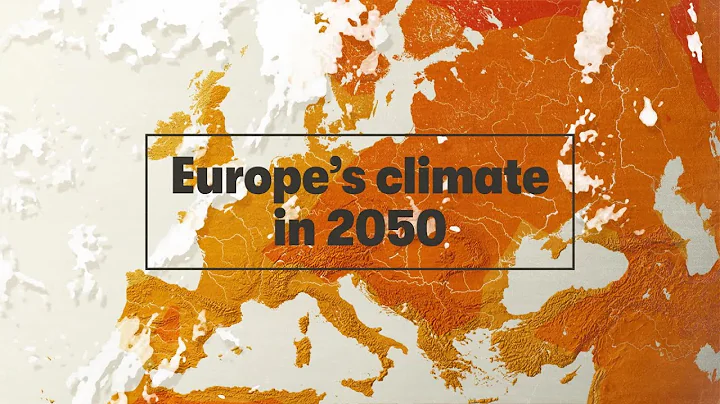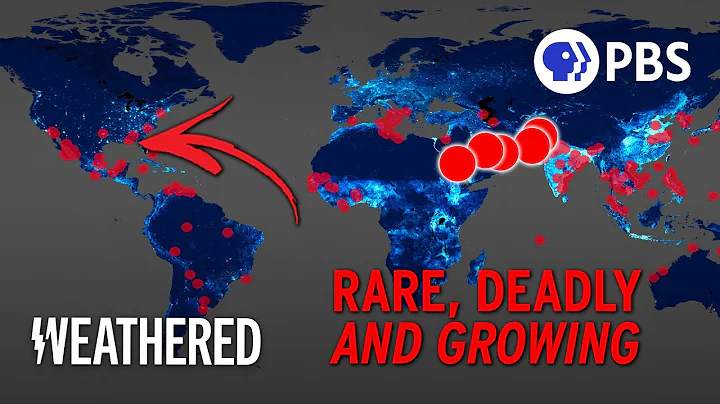Introduction to photography How to choose zoom fixed-focus?

Beginners in photography, how to choose zoom fixed-focus?? This is a big question. If it is a studio, you will definitely need to go up the three-yuan market. Then one or two fixed-focused and strengthen the focal segment to solve the problem. If you are a player/beginner, it will be troublesome. You may first use a cheap universal zoom lens (24-105/24-200). If you specialize in portraits, you can directly choose one from the commonly used portrayal fixed-focus 35/50/85 to practice. Start practicing at 85, with the lowest difficulty, followed by 50 times, and the highest difficulty of 35mm. Where to use
00-multiple zoom? When using it for travel, it is easy to encounter problems with fixed focus when shooting scenery. The composition of the scenery will not be just right, and the viewing angle may change a little bit when you walk far away from you for a long time. It is better to use the zoom to directly cut out the desired composition. Moreover, the aperture size of the scenery in the distance does not have much impact, and the depth of field is very deep.

zoom is actually difficult to use. It is difficult to use when each focal segment actually has a unique feeling and routine. 24-105 has five focal segments, five different perspectives, and five different routine changes are derived. However, to practice one of the focal lengths well, it takes a lot of time to practice. Just use it directly, just take ordinary photos, but you can't take "feel".
can simply divide the lens into three types: wide-angle/standard/television, three major routines!! Standard lens is a "specialized" specification for telephoto. The standard lens can be said to be the "shortest telephoto". Its characteristic is a telephoto, but there is little compression and there is no feeling of wide-angle perspective deformation. The viewing angle is the most natural. The most environmental elements that can be composed in the telephoto lens are the standard lens.

standard lens is the focal length of Japanese photo photographers, because it can fully convey the beauty of models. It means that a fat man is a fat man, and a thin man is a thin man. People who look at the photos can tell at a glance that if you want to use a standard lens to shoot people thinner and fatter, the photographer's aesthetic cultivation is very important, and you also need to work hard on the lighting method/styling/color.
lighting method/styling/toning is not required, and it is difficult to take good portrait photos with a standard mirror. If you practice the lighting method/styling/coloring well, it is almost as good as a professional photographer.

Wide angle emphasizes the use of perspective deformation, and telephotographing requires good compression. The large aperture fixing mirror above f2 has an additional "virtualization" to use.
24-70 f2.8 and 24-105 f4 are both very practical pontool focal segments. The 105 f4 and 70 f2.8 and 50 f2 are similar to the blurring. That is, when you want to emphasize blurring, these two lenses can be blurred when they reach the longest focal. One lens can cover mountains and seas, and wide-angle telephoto and blurring can be shot. This is the perfect pontool lens. The difference between the two trees
is that when used indoors, f2.8 can be one more level lower than f4. In places with good outdoor light, of course, the greater the focal length change, the better, but indoor reduction iso is important, because most full-frame machines exceed 3200, and the image quality will become unacceptable due to the increase in noise and in order to reduce noise.

ef-s 18-135 Large Zoom Dog Head + eos R6, good light, good picture quality!
Small aperture lens will be nicknamed Dog Head . The biggest reason is the small aperture lens. The body often pulls the shutter up for the stability of the picture, so that it will raise the iso. The small aperture telephoto can easily pull over iso3200 under the "shadow" of the big sun. If jpeg goes straight, it will feel soft or not sharp, but for the same lens, as long as the iso drops to 100, it will feel sharp. The picture quality of the iso 100 shot is the real picture quality of this lens.
If you shoot indoors, the quality of iso 3200 will not deteriorate, and there will be a bunch of photographers who will directly choose 24-105 f4. Because the most important thing for commercial photographers to take portraits is that people must take pictures clearly. Even if they go out, they start from f3.5 and will not open the aperture very much.

Asus zf6, the mobile phone has a deep depth of field
, but when players take photos, blurring is a very important way to add points.If there is no blur, how is it different from taking a mobile phone?? Dimension not only covers up debris, but also constantly reminds the viewer that "this is not the real world". It makes the photos "transcend reality" aesthetic. It is a very important method and is also the style that many professional photographers rely on for their living.
So the most common focal length of portrait three is 35/50/85. The reason for the lowest difficulty of 85 is that 85 has the narrowest viewing angle, which can remove the most debris, allowing photographers to only need to deal with the least composition elements, which is very beneficial to beginners. 85 f2/f1.8 is relatively lightweight, much lighter than 70-200 f4/f2.8, and has a strong blur that can block the miscellaneous scenes and create a sense of illusion, which is easy to use!!

35mm f1.4 + eos R
Portrait mirror The most difficult to use is 35mm, 35mm is similar to 50mm in telescope, 35mm is the longest wide-angle lens, and a little longer is 40mm Just enter the range of the standard lens. So if 35mm f1.8/f1.4 is close to the model, the background can still have enough blur, and there is also a perspective deformation of the wide-angle lens. The background can accommodate more than standard mirrors. It is very useful when shooting humanistic scenery. The background is cut and blurred. Who knows where you took it??
I don’t know how to use 35mm. I just want to take out 35mm just to have a wider perspective than 50mm, but I don’t use perspective deformation. Basically, I use 35mm as a wider 50mm, and I don’t have the special charm of 35mm at all. Because my composition is too stable, it is said that wide-angle perspective deformation needs to be performed, there must be a contrast between the distance and the pitch angle changes.
The most commonly used lens now is canon RF 50 f1.2. This lens can accommodate many environmental elements from a 50mm perspective, but it can have 85 f2 blurring. The full opening is very sharp, good!

Use a lens well, which means to be familiar with the unique feeling of this lens and the application routines of this lens, so 50 is very similar to 85, 24 is very similar to 35, and the perspective deformation of 24 is stronger than 35, so 24 is easier to use than 35mm, and the blur/compression of 85 is stronger than 50mm, so 85mm is easier to use than 50mm because it is easier to catch the feeling.
Many people pick up 24-105 or 24-70, and they always feel that it is easy to produce a film without the fixed-focus mirror they are used to shoot, because as long as the focal length is turned to an unfamiliar focal length, they will not be able to catch that focal length.

ef 85 f1.4L + eos R
So for beginners, if you want to take photos with a feeling, the fixed-focus mirror is the best. In addition to the large aperture, it can reduce the shutter speed and prevent hand vibration, its biggest use is that it can "lock" the focal length, and will not switch to an unfamiliar focal length at will, and it cannot take a look.
locks the focal length, which is the biggest meaning of beginners to use a fixed-focal mirror. When you change another fixed-focal lens, you have to switch the feeling/routine when shooting, use a zoom lens. The aperture becomes smaller and the iso is easy to float, the blurring becomes weaker, reducing the illusion of the photos. Moreover, it is easy to switch to an unfamiliar focal length. There is no "ritual feeling" of changing the lens. I just push it casually, isn't it normal for the photos taken?? The photos in this article are taken by myself, without labeling photos. What kind of focal length do you think are taken by?? It looks very similar to the last ef 85 f1.4L photo taken by the last ef 85 f1.4L photo, in fact, the unlabeled photos are all taken by rf 50L, so it is said that 50mm is actually the characteristic of the telephoto, the shortest telephoto.
![[Source: Kunming Information Port_Original] Kunming Information Port News Reporter Yang Yan From African leopards to gorillas, from lion kings in the forest to high-crowned chameleons, from migrating African elephants to giraffes on the savanna, from Kilimanjaro to the sea off So - DayDayNews](https://cdn.daydaynews.cc/wp-content/themes/begin/img/loading.gif)










